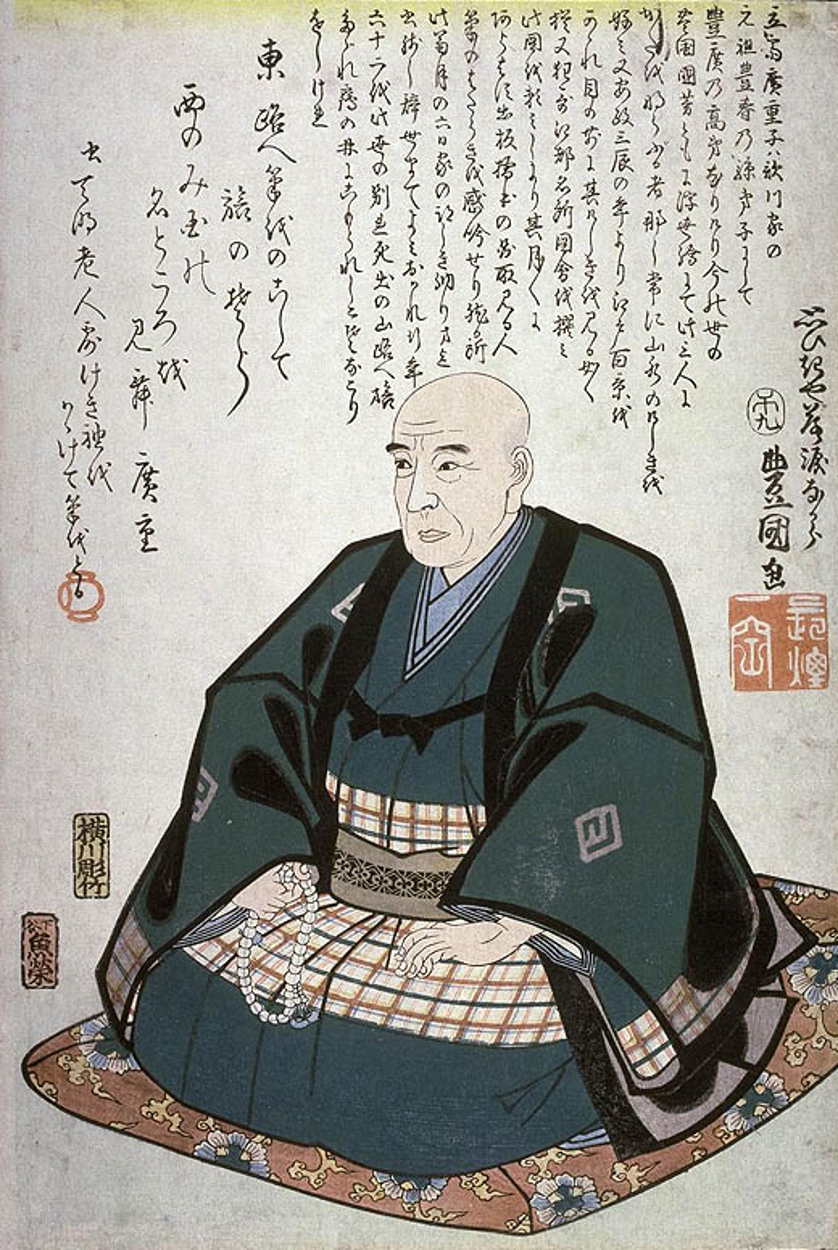Hiroshige was the last major master of the ukiyo-e (“pictures of the floating world”) school, Hiroshige lived his entire life in the city of Edo (now Tokyo). In 1831, influenced by Hokusai, whose Thirty-Six Views of Mt. Fuji in 1823 introduced the commercial landscape print to a mass audience, Hiroshige began the first of his series of lyrical, dramatic landscape prints that incorporated pictures of famous places (meisho). These evoked the seasonal moods associated, by literary and artistic tradition, with different places during the Edo period (1600 to 1868).
The Kameido Tenjin Shrine we present here is a part of One Hundred Famous Views of Edo. It is composed of 119 landscape and genre woodcuts of mid-19th-century Edo. It is an ambitious single-sheet series that exhibits the artistic vision and craftsmanship and epitomizes the inventiveness of the ukiyo-e color woodcut and the cooperatively employed talents of designer, carver, printer, and publisher.
The Kameido Tenjin Shrine was moved to the east bank of the Sumida River on the outskirts of the city in the 1660s, when Edo was rebuilt after a horrific fire. Japanese color woodcuts such as this scene, with its detailed close-up of purple wisteria blossoms falling gracefully along a pole with an arched bridge beyond, inspired Claude Monet’s paintings of his water lily garden at Giverny.
Hungry for more Japanese art? Check our Japanese Art 50 Postcards Set and our 2024 DailyArt Desk and Wall Calendars (which are now on -25% presale) here!
P.S. Did you know Hiroshige's work inspired, among many others, Vincent van Gogh? Read about his Bridge in the Rain.

_-_Google_Art_Project.jpg)
 Hiroshige
Hiroshige